Understanding Lung Cancer: Symptoms, Causes, and Prevention

Lung cancer is a significant health concern worldwide, causing more deaths than any other type of cancer. Understanding lung cancer, its symptoms, causes, and ways to prevent it can help individuals take proactive steps towards their health.
What is Lung Cancer?
Lung cancer develops when the cells within the lungs begin to multiply without regulation. It primarily manifests in two major forms:
Small Cell Lung Cancer (SCLC): This type is less common but more aggressive. It spreads quickly and is usually linked to smoking.
Non-Small Cell Lung Cancer (NSCLC): This is the most common type, accounting for about 85% of cases. It includes subtypes like adenocarcinoma, squamous cell carcinoma, and large cell carcinoma.
Symptoms of Lung Cancer
Identifying lung cancer symptoms at an early stage can enhance the likelihood of effective treatment. Common lung cancer symptoms include:
- Persistent cough that worsens over time
- Chest pain that typically intensifies with deep breaths, coughing, or laughing
- Hoarseness
- Weight loss and loss of appetite
- Shortness of breath
- Feeling tired or weak
- Recurrent infections like bronchitis and pneumonia that persist or frequently reoccur
- New onset of wheezing
These symptoms can also be caused by other conditions, so it’s important to see a healthcare provider if they persist.
Signs of Lung Cancer
In addition to the symptoms mentioned above, other signs of lung cancer can include:
- Coughing up blood, even a small amount
- Bone pain
- Headache
- Swelling in the face or neck
These signs often indicate that the cancer has progressed, making early detection critical.
Stages of Lung Cancer
Lung cancer is classified into stages, which describe the extent of the disease:
Stage 1: Cancer is limited to the lungs and has not spread to lymph nodes.
Stage 2: Cancer is in the lungs and nearby lymph nodes.
Stage 3: The cancer has advanced to the lymph nodes located in the center of the chest.
Stage 4 Lung Cancer: Cancer has spread to both lungs, fluid around the lungs, or to other parts of the body.
Lung Cancer Survival Rate
The survival rate for lung cancer varies based on the stage at diagnosis and the type of lung cancer. Generally, the earlier the cancer is detected, the better the chances of survival. For instance, the five-year survival rate for stage 1 lung cancer is higher compared to stage 4 lung cancer. Non-small cell lung cancer (NSCLC) generally has a better prognosis than small cell lung cancer (SCLC).
Causes of Lung Cancer
The primary cause of lung cancer is smoking. However, non-smokers can also develop lung cancer. Other causes include:
- Exposure to radon gas
- Exposure to asbestos and other carcinogens
- Air pollution
- Family history of lung cancer
- Previous radiation therapy to the lungs
Lung Cancer Prevention
Preventing lung cancer involves reducing risk factors where possible. Here are some key prevention tips:
Quit smoking: The most effective way to reduce the risk of lung cancer is to stop smoking. Even for long-term smokers, quitting can significantly lower the risk.
Avoid secondhand smoke: Stay away from areas where people are smoking.
Test your home for radon: Radon exposure is the second leading cause of lung cancer. Testing and mitigating radon in homes can reduce this risk.
Protect yourself from carcinogens: If you work in an environment with exposure to harmful chemicals, ensure you follow safety protocols.
Eat a healthy diet: A diet rich in fruits and vegetables may help lower the risk of lung cancer.
Exercise regularly: Regular physical activity can improve overall health and lower cancer risk.
Frequently Asked Questions about Lung Cancer
Q1: Can non-smokers get lung cancer?
A: Yes, non-smokers can get lung cancer. While smoking is the primary cause, other factors like exposure to radon gas, asbestos, air pollution, and family history can also lead to lung cancer.
Q2: What are the early symptoms of lung cancer?
A: Early symptoms of lung cancer include a persistent cough, chest pain, hoarseness, shortness of breath, unexplained weight loss, and recurrent infections like bronchitis and pneumonia.
Q3: How is lung cancer diagnosed?
A: Lung cancer is diagnosed through imaging tests such as X-rays and CT scans, followed by a biopsy to examine lung tissue. Additional tests like PET scans, MRI, and bone scans might be used to determine the cancer's spread.
Q4: What is the difference between small cell lung cancer and non-small cell lung cancer?
A: Small cell lung cancer (SCLC) is less common but more aggressive and often linked to smoking. Non-small cell lung cancer (NSCLC) is more common, slower growing, and includes subtypes like adenocarcinoma, squamous cell carcinoma, and large cell carcinoma.
Q5: What are the treatment options for lung cancer?
A: Treatment options for lung cancer include surgery, radiation therapy, chemotherapy, targeted therapy, and immunotherapy. The selection of treatment is influenced by the cancer's type and stage, as well as the patient's general health condition.
Conclusion
Lung cancer remains a formidable challenge, but understanding its symptoms, causes, and preventive measures can make a significant difference. Early detection and lifestyle changes, especially quitting smoking, are vital steps in reducing the risk and improving survival rates.


 - What Is It, Cost, Symptoms, And How Does It Work.jpg)


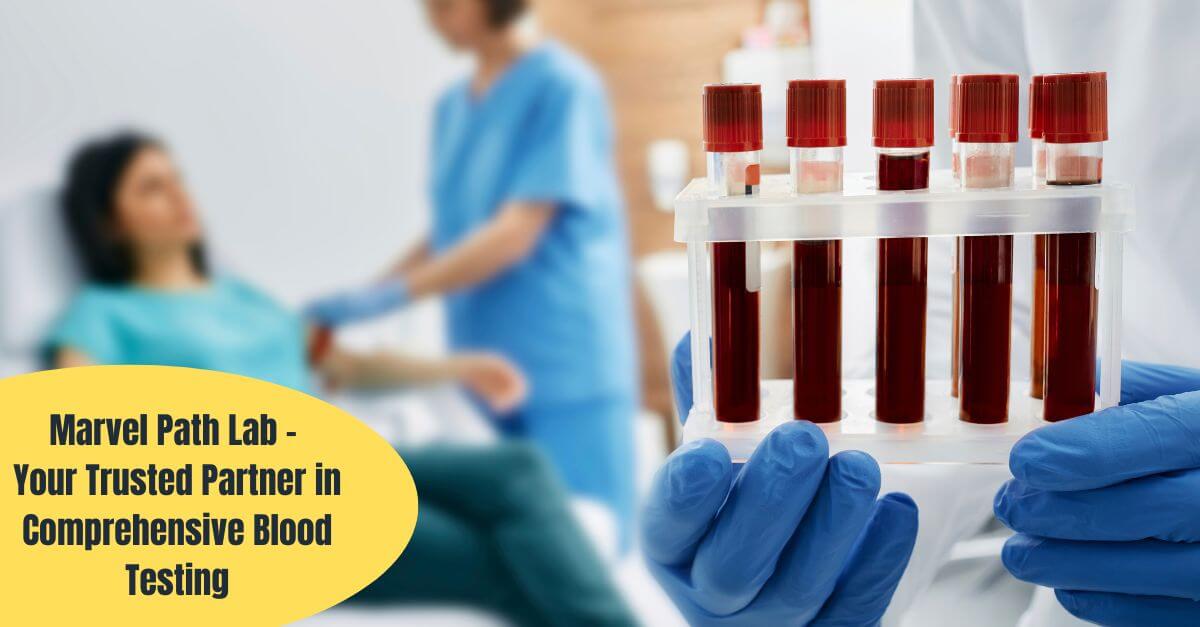
.jpg)














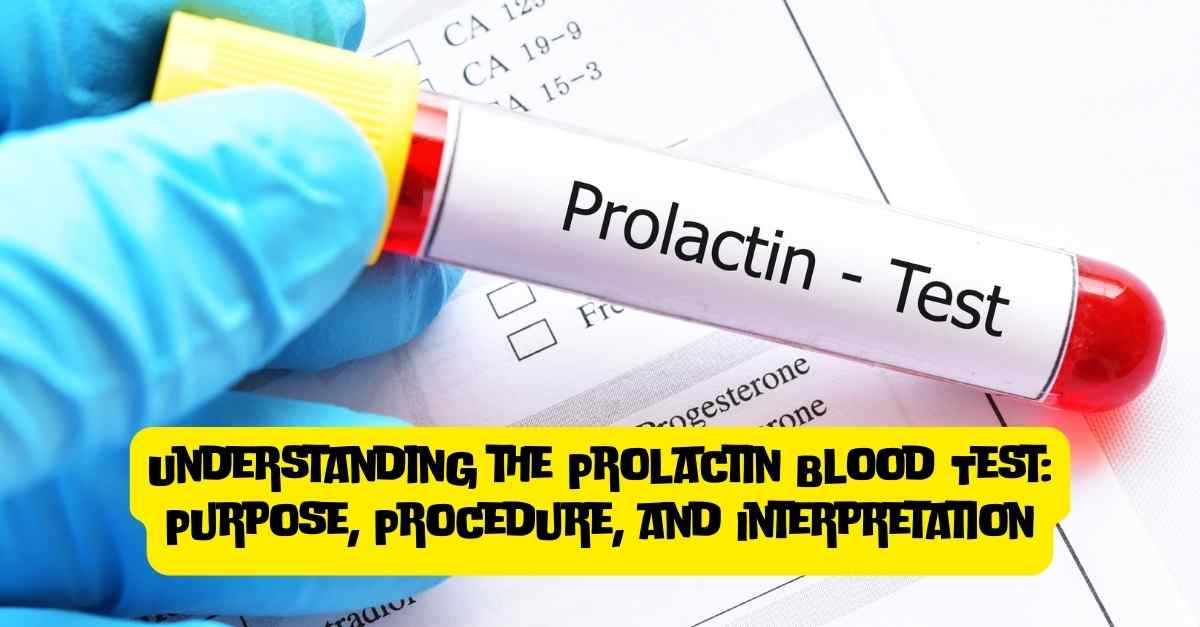

 Test.jpg)
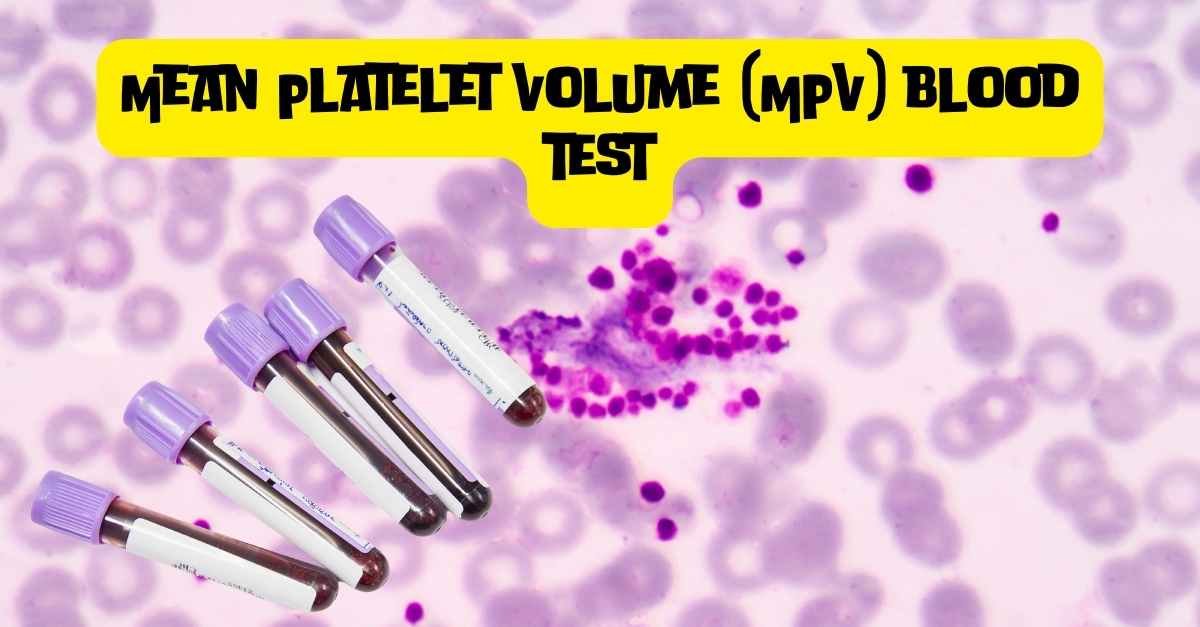

























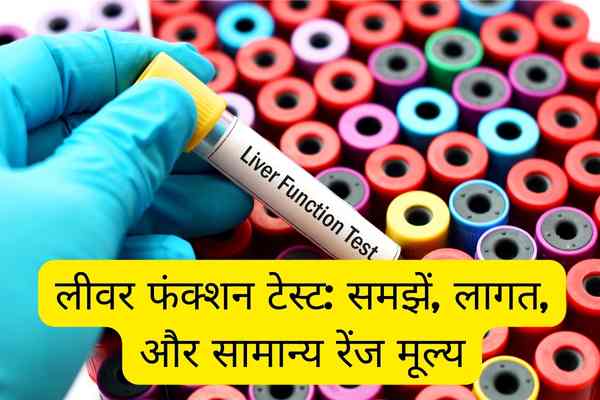




.jpg)


 Tests Demystified.jpg)


 Test.jpg)


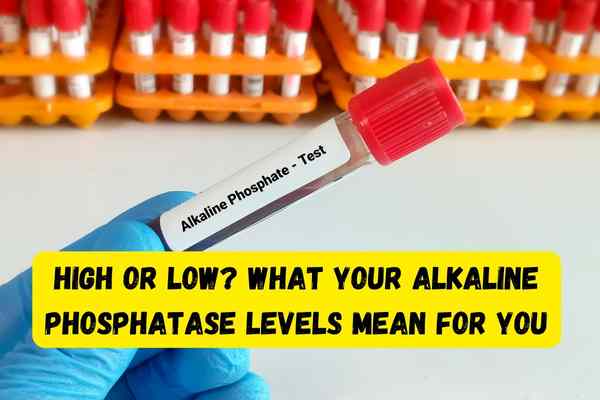






 Its Role, Sample Types, and Report Generation Time.jpg)

 Levels Explained Fast, Accurate Testing with Blood Samples at Marvel Path Lab.jpg)

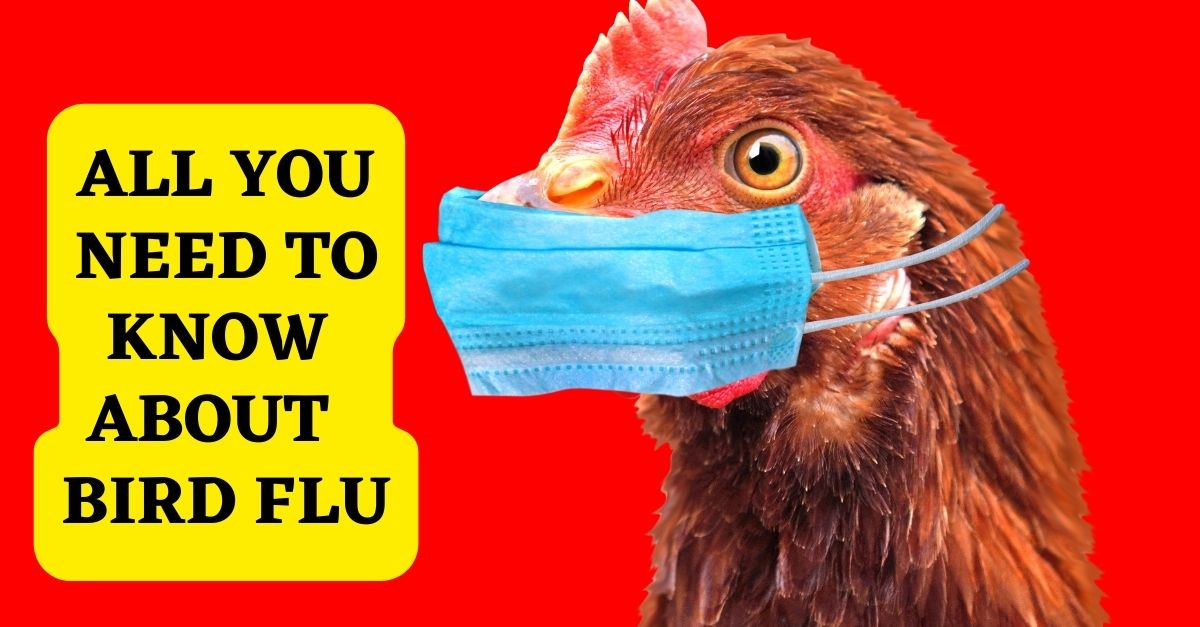

 48 मामलो की हुई पुष्टि.jpg)



